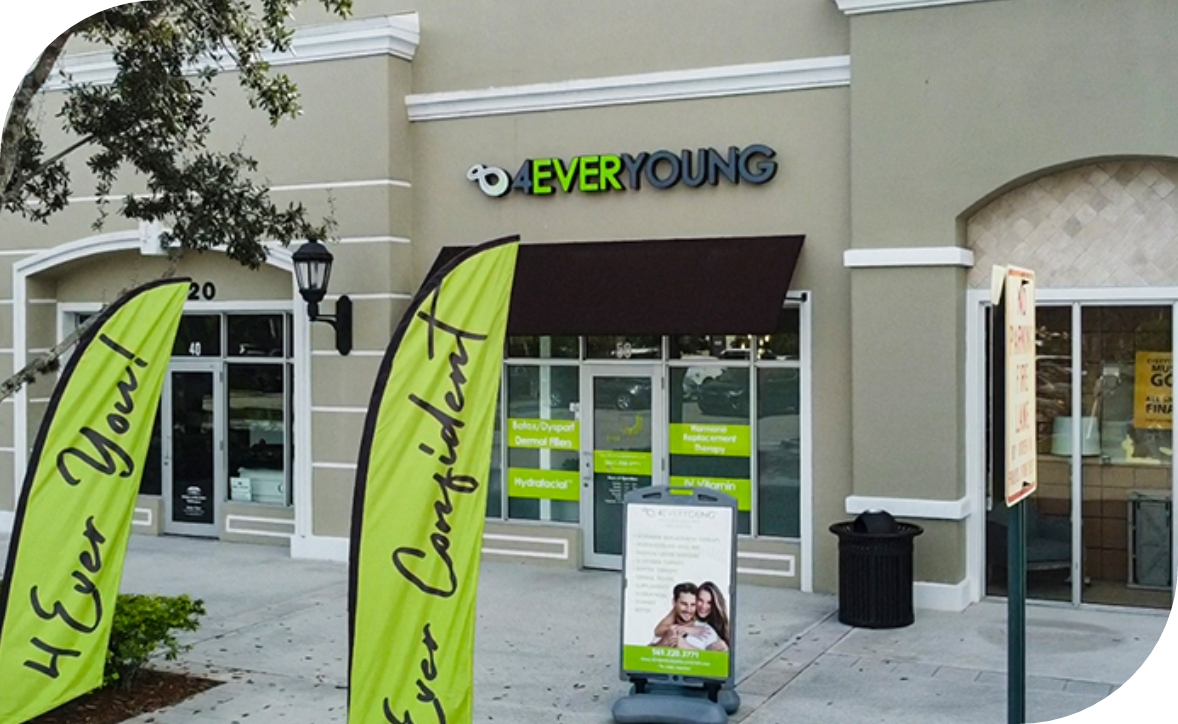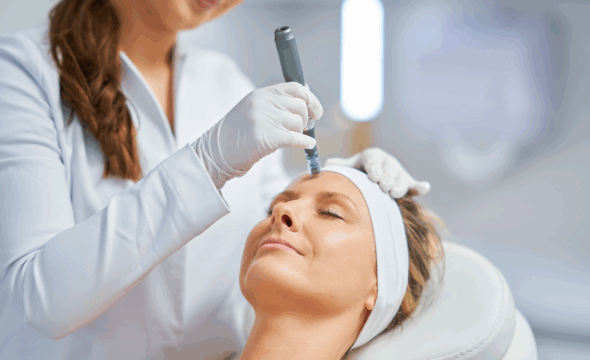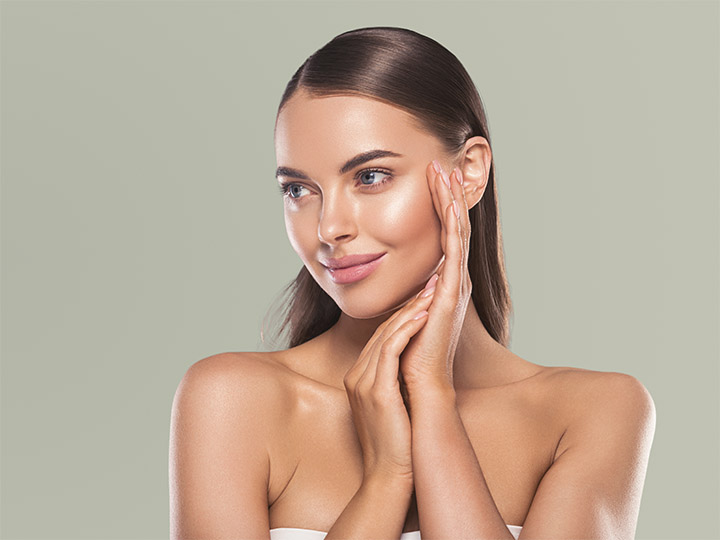Understanding The Cost of Botox
Knowing the cost of Botox in advance allows you to set realistic expectations and avoid surprises during your treatment journey. Whether you’re considering it for the first time or planning a follow-up session, understanding the different elements involved helps you make informed decisions. By learning the basics, you can confidently discuss your goals with a provider and budget accordingly. Having a clear grasp of the average Botox cost also helps you decide whether you’re getting good value for the price you’re paying.
Core Factors That Affect Botox Cost
Geographic Location
Urban areas, particularly those renowned for high-end cosmetic services, such as New York City or Los Angeles, often command higher prices due to demand. In contrast, smaller towns or rural regions may offer more competitive rates. These price variations aren’t necessarily a reflection of quality but rather a response to regional supply and demand. Understanding how the Botox price range varies across different markets helps you determine whether traveling for treatment could be a cost-saving strategy or if staying local makes more sense, considering convenience.
Injector Credentials
The background of your injector plays a critical role in safety and pricing. Licensed medical professionals such as board-certified dermatologists or plastic surgeons usually charge more because of their expertise, training, and ability to handle complications. Less experienced injectors or general aestheticians might offer lower prices, but this can increase your risk of uneven results or improper application. Many patients find the peace of mind worth the extra investment. When evaluating the cost of Botox injections, consider it not just as a cosmetic purchase but as a specialized medical service where professional skill is essential to achieving natural-looking results.
Clinic Type
A luxury spa emphasizes ambiance and pampering, often reflected in premium pricing. Meanwhile, discount chains might advertise lower rates but may compromise on time spent per client or product concentration. A reputable Botox med spa usually strikes a balance, offering clinical expertise with a comfortable, medically supervised environment. Each type of facility caters to different client expectations and budget levels.
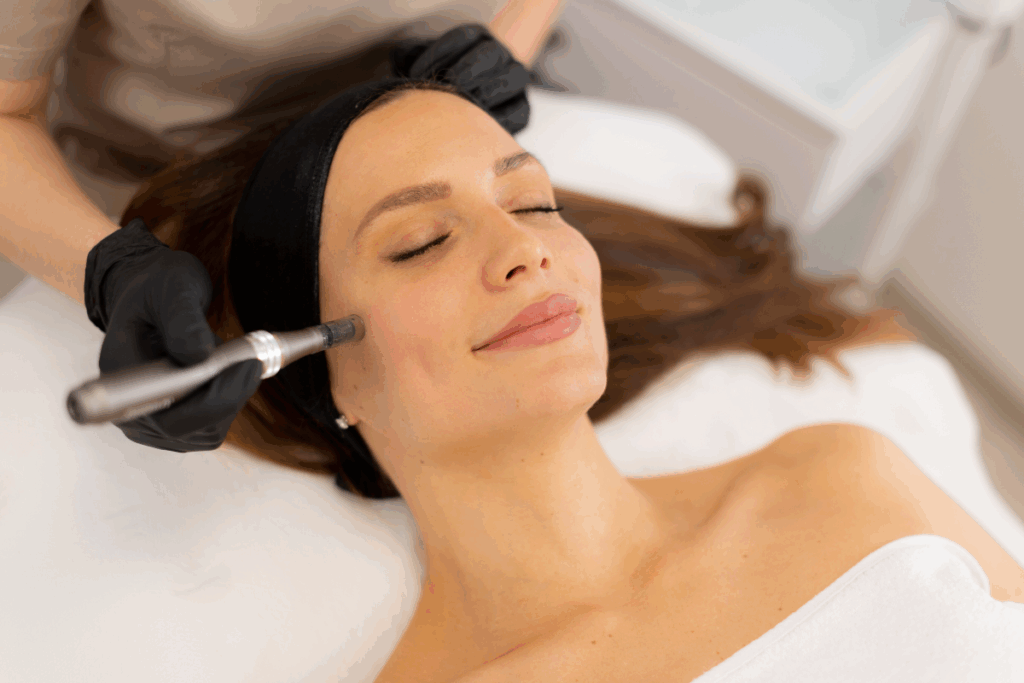
Botox Unit Pricing Explained
How It’s Measured
One unit represents a standardized amount of the active ingredient, carefully prepared for cosmetic injection. It’s important to understand that pricing is usually presented on a per-unit basis. Clinics may charge differently, but the Botox price per unit often ranges from $10 to $20. Patients should note that the number of units required varies by treatment area, and a higher count simply means broader coverage.
Common Areas Treated
Choosing which facial zones to treat with Botox depends on your cosmetic goals, but some areas are more popular than others due to their ability to show early signs of aging. Below is a general breakdown:
- Forehead Lines (10–20 units): The forehead is often the first area people consider when exploring Botox, due to how active the frontalis muscle is. These horizontal lines appear as a result of repeated eyebrow raising, and they tend to deepen with age. The number of units necessary can depend on various factors, including the width and height of the forehead, as well as the desired degree of muscle softening. A conservative dose is often used for first-time patients to preserve natural movement, with gradual adjustments over subsequent sessions. Providers also take brow position into account, as too much Botox in the wrong spot can lead to an unnatural arch or even a drooping brow.
- Crow’s Feet (6–12 units per side): Crow’s feet refer to the fine lines radiating from the outer corners of the eyes, typically formed by years of squinting, laughing, and smiling. These wrinkles are among the most common concerns for people seeking Botox, as they’re visible even when the face is at rest. Treating this area often involves small, carefully placed injections that relax the orbicularis oculi muscles responsible for these lines. Because the skin around the eyes is thin and delicate, skilled providers aim for a natural softening effect rather than complete immobilization. On average, 6 to 12 units per eye are used, depending on the severity of the wrinkles and the strength of the muscle. People with stronger squinting patterns or more pronounced lines may need doses closer to the higher end of that range.
- Frown Lines (15–25 units): Also known as glabellar lines or “11s,” these lines develop between the eyebrows due to repeated furrowing of the brow, often caused by concentration, frustration, or habit. To treat them, Botox is injected into the corrugator and procerus muscles to limit contraction and smooth the area because these muscles are quite strong, especially in men or individuals with very expressive faces. 15 to 25 units are typically required for noticeable improvement.
- Jawline and Masseter Muscles (25–50 units per side): This treatment is popular among individuals with a square jaw appearance caused by clenching or grinding, as well as those experiencing discomfort from jaw tension or temporomandibular joint (TMJ) disorders. The masseter is a powerful chewing muscle, and softening it requires more units than smaller facial zones. This treatment not only contours the face by reducing the prominence of the jawline but can also relieve pressure and pain associated with overuse. A secondary benefit is improved facial harmony, as slimming the lower face can create a more balanced profile.
- Full-Face Botox (50–100 units): Designed for patients seeking comprehensive rejuvenation by addressing multiple facial zones in a single session. This approach often includes forehead lines, crow’s feet, frown lines, bunny lines (around the nose), chin dimpling, lip lines, and jawline contouring. Depending on the areas treated and the extent of muscle activity, providers may recommend 50 to 100 total units, distributed strategically across the face. Such a treatment appeals to patients wanting a natural look without isolating expressions or risking imbalance.
Understanding the unit requirements for different areas of the face can help you set realistic expectations, both in terms of cost and results.
Sample Price Estimates by Area
If your provider charges $15 per unit, treating forehead lines with 15 units would cost approximately $225. For botox for crow’s feet, requiring 24 total units (12 per side), the price would be around $360. Jawline slimming is a more intensive procedure and could cost between $750 and $1,500 due to the higher number of units used. These estimates are subject to variation and may differ depending on the pricing policies of your chosen clinic.
Session-Specific Variables
First-Time Consultation Fees vs. Follow-Up Maintenance Visits
Many clinics charge a consultation fee, which can range from modest to significant depending on the provider’s reputation and the length of the appointment. This initial meeting is essential for assessing your goals, facial anatomy, and determining the appropriate dosage. While some practices apply the consultation cost to your treatment total, others treat it as a separate charge. Follow-up visits for touch-ups or maintenance usually come at a lower rate since the groundwork has already been laid. Understanding the difference in pricing between your initial visit and subsequent appointments is essential when estimating your long-term forehead botox expenses.
Timing and Frequency of Sessions
Regular sessions are necessary to maintain a consistent look, but spacing them out strategically can help stretch your investment. Infrequent treatments may seem economical, but allowing too much time to pass could mean starting from scratch each time. Planning for consistent touch-ups ensures smoother transitions between treatments and can reduce the Botox session cost over time by minimizing the number of required units at each visit.
Seasonal Promotions and Loyalty Discounts
Seasonal promotions around holidays, such as summer skincare events or year-end refresh packages, are common. Some locations also offer referral perks or bundle services together at a discounted rate. If you’re a returning client, ask if a loyalty program is available, as frequent customers often enjoy preferred pricing or exclusive access to special offers. These benefits can reduce the cost of Botox injections significantly over time without sacrificing quality. Staying informed about such offers makes a noticeable difference, especially for those who incorporate Botox into their regular beauty regimen.
Add-On Services and Combination Treatments
Botox Plus Dermal Fillers: Cost and Efficiency Gains
Combining Botox with dermal fillers is a popular approach for individuals seeking more transformative cosmetic results. These two treatments work differently, but when used together, they can create a more youthful and refreshed look. A patient might choose this route to reduce the appearance of wrinkles while also adding fullness to cheeks or lips. The dermal filler cost is typically calculated separately and often priced per syringe.
Optional Touch-Ups or Post-Care Kits
Small add-ons may seem minor, but they can subtly raise your total cost. Many clinics provide the option for topical numbing creams to make the procedure more comfortable, particularly for those with sensitivity or anxiety about needles. While often optional, these products typically come at an additional fee. Post-care kits are also available for purchase to help you maintain results and minimize irritation. If your treatment requires touch-ups due to uneven results or under-correction, you may be asked to pay for the additional units used. These types of expenses should be clarified in advance to avoid unexpected surprises at checkout and to help you estimate the true cost of a Botox face lift experience.
Membership Models and Tiered Pricing Plans
These often include discounted unit rates, complimentary consultations, or early access to new treatments. Tiered pricing structures may also apply, depending on the number of areas treated per session or the frequency of bookings. For instance, clients who receive regular treatments every few months might pay less per unit than those who come in only once or twice a year.
Cost vs. Value: Making a Smart Investment
Avoiding Overcorrection
One of the more overlooked costs in Botox treatment comes from correcting poor outcomes. Overcorrection, where muscles are excessively weakened, can result in an unnatural or frozen expression. Fixing these mistakes often involves additional visits, consultations, or even waiting months for the product to wear off. A conservative approach with an experienced injector is often the best route, especially for those seeking jawline botox, where precision is key to defining facial structure.
Budgeting Tips
Thoughtful financial planning is just as important as treatment planning when it comes to maintaining consistent Botox forehead results. Here’s how to create an annual budgeting strategy:
- Annual Estimate: Most treatments last between three and four months, meaning the average person will require three to four sessions annually to maintain results. However, individual responses to botulinum toxin treatment can vary depending on factors such as metabolism, muscle strength, and area treated. Those with more active facial muscles or first-time users may need slightly more frequent appointments at first. On the other hand, individuals who have undergone several sessions may experience more lasting results over time. You should also factor in whether you plan to expand treatments to other areas throughout the year.
- Monthly Set-Aside: Once you’ve estimated your yearly facial wrinkle treatment needs, the next step is translating that total into a manageable monthly contribution. This step allows you to treat Botox like any other recurring expense, such as a phone bill or car payment. If your annual cost amounts to $1,200, setting aside $100 per month eliminates the financial shock when it’s time for your next session. This approach is particularly beneficial for individuals who value consistency in their appearance and wish to maintain their look throughout the year.
- Avoid Surprises: Budgeting in advance helps minimize this uncertainty. By maintaining a Botox reserve fund, you can handle fluctuations in treatment schedules or dosage adjustments without financial stress. If your provider recommends adding a new area mid-year, you won’t have to scramble for funds or delay the procedure. Planning ahead also enables you to take advantage of seasonal promotions, package discounts, or membership perks offered by clinics. Furthermore, financially prepared patients tend to be more consistent with their treatments, which results in longer-lasting outcomes. Instead of worrying whether you can afford your next session, you’ll be able to focus on optimizing your beauty investment.
Financial predictability ensures that your aesthetic goals remain a fulfilling part of your self-care routine. Thoughtful budgeting promotes peace of mind.
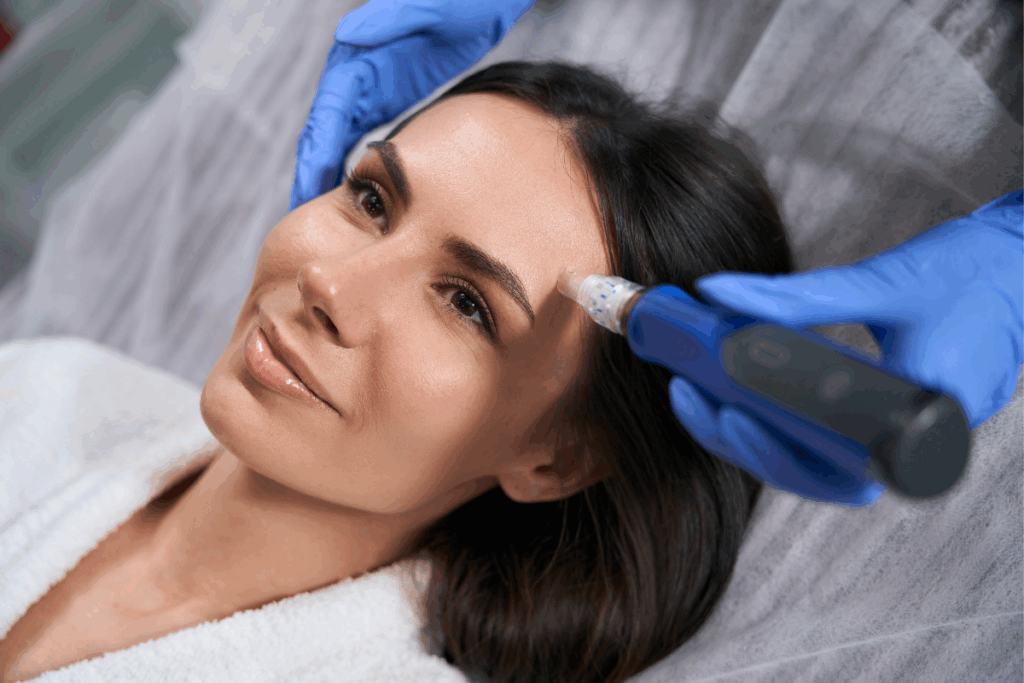
Finding the right clinic requires more than browsing discounts or chasing popular names. The ideal provider combines medical knowledge, artistic skill, and a transparent pricing structure. A well-run facility takes the time to understand your expectations, educates you on what to expect, and never rushes the process for the sake of volume. Safety protocols, product quality, and honest guidance should never be compromised, even when cost is a concern. Patients who prioritize all aspects of care tend to enjoy better experiences. Balancing price with reliability leads to greater confidence in every treatment decision you make.



